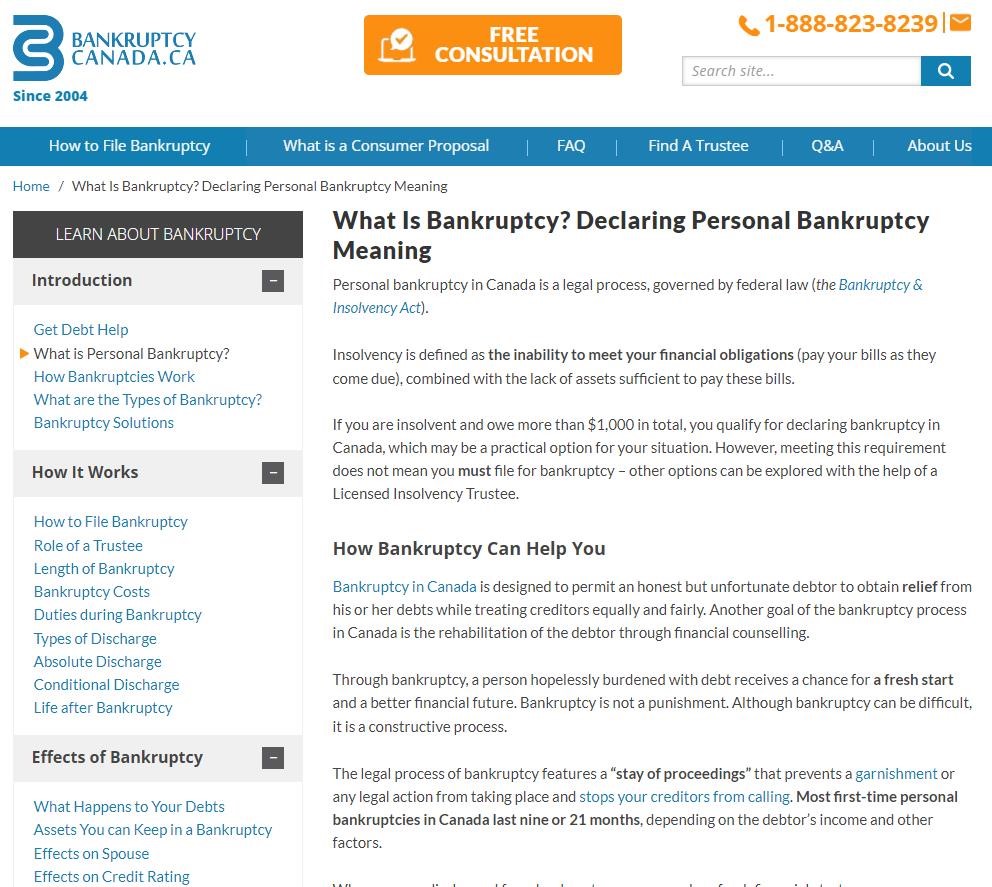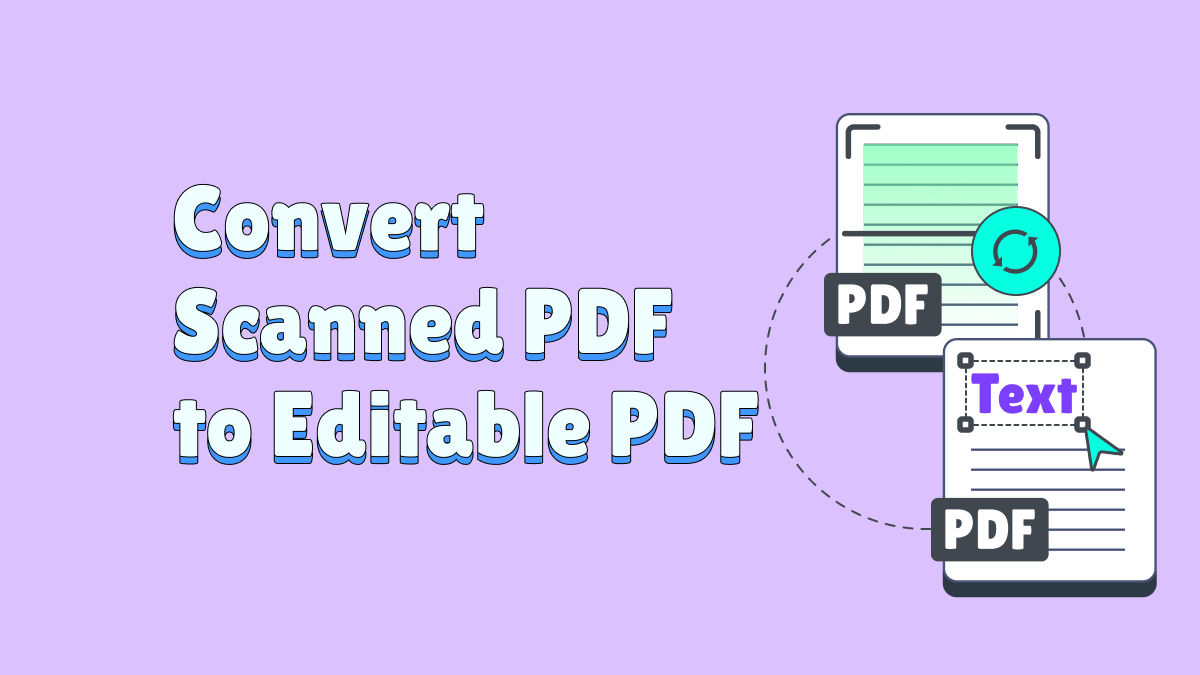Get your business ready for the new year with an optimized content strategy
If you aren’t yet focusing on your content strategy, your company is missing out on a lot of benefits. More and more businesses are catching on to the fact that content drives digital marketing.
Publishing the right content will make you more sales and build your reputation with your target audience. It is one of the best investments you can make for your business because great content gets you found online and helps drive qualified prospects to your site. You likely have a lot of competition, so you need to put your time and energy into creating high-quality blog posts, videos, and other resources to educate your audience about your products and services, as well as address their needs.
Let’s take a look at how you can prepare for 2022 by building an effective content strategy.
Carry out an audit of your existing content
Before you get started, you should take stock of what you already have on your site. Chances are you’ve already created content that your team can optimize instead of creating more content from scratch.
A content audit is a systematic review of all your existing website content. You’ll see how well your current content supports your business objectives or which pieces need improvement.
Conducting a content audit will help you fine-tune your content marketing strategy and allow you to track important metrics and your content’s performance more efficiently.
It will also help you identify the types of content you need to fill any gaps in your marketing strategy. Here are some steps you can take to perform a content audit:
- Identify the problems or goals you’d like to address.
- Locate the content to include in your audit.
- Create a list of information you’d like to capture.
- Take an inventory of the selected content to stay organized.
- Audit the content in your inventory using your capture list.
These steps may seem daunting, but you can’t make smart decisions without understanding your existing content catalog. Remove or revise content that isn’t performing, and make a note of content that is currently working well and evaluate the root of its success.
You should try to conduct a content audit at least once per year, but you may need to complete an audit several times a year depending on your industry and target audience.
Decide what kinds of content you’ll focus on
After your audit, you’ll need to decide what types of content you want to generate. Prioritize quality over quantity. Instead of trying to do everything at once and stretching yourself too thin, you need to focus on creating the types of content you know your customers will engage with.
There are many different types of content you can create, but these are the most popular types for businesses:
- Ultimate guides: This content will offer comprehensive information on a focused topic that your users cannot find anywhere else. Ultimate guides will attract potential customers with their wealth of information.
- Timely blog posts: Chances are blogging already plays an important role in your content strategy, but posting articles at critical times during the year will boost the effectiveness of your content.
- How-to guides: These outline a step-by-step process on key skills that matter to your audience. How-to guides will not only demonstrate your knowledge but attract users as they search for guidance.
- Buying guides: Especially great for eCommerce sites, a buying guide will help your reader make essential purchasing decisions with in-depth knowledge. Creating a buying guide for the products you sell will help show users that you are an expert in the field.
The best content choices will depend on your type of business. For example, eCommerce clothing companies could create blog posts outlining seasonal fashion trends right as the seasons begin to change. Businesses selling installation services, on the other hand, could publish buying guides or how-to repair guides for the products they install.
It may take some time, but you can find the best types of content for your brand. Start by identifying your industry expertise. What is your focus? This will help you identify the types of content that will make sense for your brand.
Next, think about your goals and what sets you apart from your competitors. Consider doing some content research to see what is out there and which types of content get the most views. Then, decide whether you want to focus on copywriting, video media, or a combination of both.
Finally, identify a few topics or themes that your audience will find helpful. Use your industry knowledge and unique edge to create valuable and relevant content.
Allow keyword research to inform your strategy
Target keywords are words and phrases that your visitors and target audience will type into search engines as they look for information or solutions related to your business.
Keywords are so important for SEO because they determine how highly your content ranks on relevant search engine results pages. They connect user search intent with your content, meaning the more related keywords you can include in your content, the better it will rank.
Without them, your content and target audience may never connect because they may use slightly different words to search than you use to promote your content.
You can do keyword research to identify the most relevant phrases and infuse them organically into your content. Here are the best way to conduct keyword research for your new and updated content strategy:
- Make a list of important topics relevant to your buyer personas. This is important because you need to focus on your audience as you build content to ensure it is found easily.
- Brainstorm keywords for each topic based on the needs of your intended audience.
- Use a professional keyword research tool like Ahrefs or Moz to find keywords that are relevant to your business and meet the needs of your customers.
- Once you pull a list of potential keywords, you should look at the search volumes and keyword difficulty scores of each. In most cases, you will want to target keywords with low difficulty and a lot of search unless you have lots of money and resources to put behind your marketing efforts.
- Enter your chosen keywords into Google before targeting them to check the searcher intent behind these queries.
The easiest way to do keyword research is to use automation so you don’t miss opportunities along the way. At Loganix, we have a guide to the SEO tools you’ll need to take the guesswork out of finding the most appropriate keywords for your content.
Choose the best words by putting yourself in your customer’s shoes and compare your keyword list to some sample content from your competitors.
Once you identify your target keywords, use them in your content to boost your search engine rankings. Ensure keywords are woven naturally throughout to keep your content natural while also getting seen by search engines. It’s not enough to just list them or include them randomly — you need to ensure your articles are still written for and can easily be understood by humans.
Focus on addressing customer questions and pain points
Your company’s primary goal should be to provide your customers with a positive shopping experience. But, sometimes, issues arise. The good news is these questions and pain points offer an excellent opportunity for content creation.
A great way to make your content strategy more effective is to generate content that offers solutions. You can show that you really understand your target audience by addressing their questions and pain points on your company blog. This will drive more traffic to your website and lead to sales as customers look for answers to their problems.
Talk to your sales and customer service teams to see what customer issues they have encountered in their day-to-day operations. They’ll typically be able to provide the best insight into what your customers are looking for online because they deal with clients directly throughout the day.
Review customer feedback to look for complaints and questions you can address in a blog post or how-to guide. Once you identify their pain points, create content that answers their queries.
For instance, Looka, a logo design tool provider, knows that color combinations are a hot topic when designing a company logo. So, they have created a blog post that outlines 35 color combinations and what they say about your brand.
Not only does this answer a burning question related to logo design, but it serves as a resource that will attract new customers to use their tool. Create content that helps both current and potential customers. Answer common questions people in your industry have and infuse your content with high-ranking keywords to optimize it.
Another excellent example of content that addresses customer questions comes from Forever Homes, an online source for people looking to build a new home.
Their ultimate guide to building a home is easy to read and offers knowledge to users looking to build a house. Reading through the content, it does not come across as a sales pitch and readers looking for more information on the home building process will find everything they need in one convenient place.
When creating ultimate guides, make sure they don’t come across as a big sales effort. Users searching for answers may not be looking for something to buyl, but this type of content can help build trust with potential customers throughout the decision-making process.
Bankruptcy Canada Inc. knows their potential clients have many questions leading up to the decision to file for bankruptcy. So, they’ve created a webpage with the most commonly asked bankruptcy questions. The questions are direct and straightforward, mimicking how a user would type these inquiries into a search engine.
When creating content, think about how your target audience would use a search engine. Chances are they will type in simple questions. Do some research and see what related keywords and phrases you can incorporate into your content to ensure you connect with the right users.
Create a content calendar (so you know what to publish when)
A content calendar can take the guesswork out of when you should post your content. This is a schedule of when and where you will post your upcoming articles. It allows you to spread out your content to prevent brand fatigue and post at critical times when your users are most active.
This living document maps out all of your content marketing strategies so your marketing team can see the big picture. Its purpose is to keep you organized and aware of your content strategy while documenting your items’ details and timing.
You can quickly evaluate when your content tends to attract the most engagement, and therefore which days are best for posting. This will inform your marketing strategy and make it stronger and more profitable. Content calendars also free up your schedule to focus on other aspects of your business. You can even automate the publishing process.
Here are some tips for creating an effective content calendar that will help your content strategy boost brand awareness and your company increase sales:
- Start with a calendar template.
- Choose your posting channels.
- Note all important dates (holidays, seminars, trade fairs, etc.) on your calendar.
- Add your content ideas.
- Keep evergreen content in your back pocket.
- Reuse and recycle prior content.
Think carefully about your publishing frequency and times. Flooding your channels with content will cause your audience to become overwhelmed and overlook important information. Decide how often you want to post your content and when your audience is most active online.
So you don’t miss out on any opportunities, timely content should take priority in your calendar. Schedule it first to ensure it goes up at the correct times. Then, fill in the rest of your calendar with evergreen content. You can post evergreen content during delays or gaps in your schedule since it doesn’t rely on key times or seasons.
Summary
A solid content marketing strategy is essential for business success. And, your existing strategy may need an overhaul for the new year. Develop trustworthy, high-quality content that will represent what your brand is all about and use it strategically to move your business forward. Before long, you’ll see an increase in sales and traffic to your website as users find your content.
Are you looking for more ways to improve your business? Check out WebKu for more informative articles and cutting-edge tips on everything you need to know to take your company to the next level.
Author bio
Aaron Haynes is CEO and co-founder of Loganix. The company is an SEO fulfillment partner for digital marketing agencies and professionals, which provides the services businesses need to improve their online visibility and grow. If you liked this article, check out the Loganix blog, where you’ll find more SEO guides full of expert advice.











Add Comment